Cricket is at a crossroads, with a clear shift happening across the country. JACOB KURIYPE unpacks how the sport is navigating its way forward by engaging cricket-mad diasporas.
Cricket at a grassroots level is at a crossroads – and taking the right path is crucial to the success of clubs around the country.
The thing that will keep them thriving? The booming south Asian community, and a seemingly bottomless pit of talented, cricket-hungry youngsters it can offer.
The rapidly growing intake of players of South Asian heritage (SAH) – which has doubled at a grassroots level in the past five years alone – shapes as the biggest looming shift for cricket at a domestic level in Australia.
And it’s a trend which is only heading in one direction.
So while questions remain about why there hasn’t been a major breakthrough in SAH players reaching elite levels, perhaps the focus right now should be on what is happening further down the chain.
In part two of our South Asian Australian cricket investigation, we take a closer look at the game’s grassroots.
IMPORTANCE OF GETTING IT RIGHT
In December last year, Cricket Australia launched its multicultural action plan – and while some of it was focused on the top end of town, getting engagement right at the grassroots level was at the forefront of everything. Around the same time CA was pulling together its multicultural action plan, Cricket NSW was independently launching its South Asian Engagement Strategy.
Leading the charge for NSW was former state and Test quick, and current Sydney Thunder general manager, Trent Copeland.
The strategy was launched for two reasons – 1; CNSW’s own determination to be best in class in the country when it came to engaging with the South Asian Australian community, and 2; the simple recognition of the community’s importance to the game’s health in the state.
“It is borderline essential to our success as a business, but also as a sport,” Copeland says of the opportunity to tap into the growing South Asian Australian community right now.
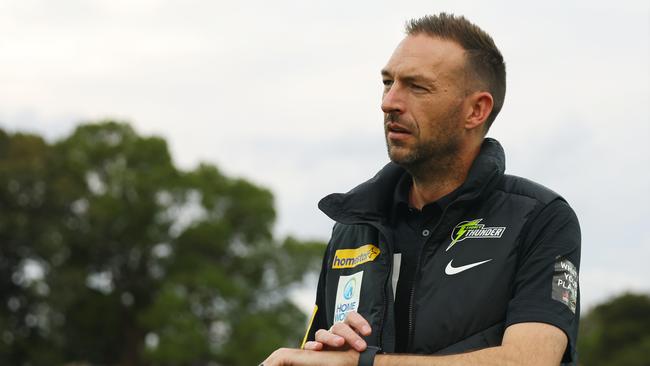
“The one advantage cricket has over every other sport that is trying to take this opportunity is that the majority of South Asian people love cricket, it has a borderline religious following.
“For migrants coming and living in Sydney somewhere, there are usually two things front of mind. One, would be building a foundation – that first house that they can lay down that foundation with and say, this is my home and I’ve achieved that.
“The second being, ‘how am I connecting? How am I making new friends and making new people aware of who I am as a person and also what matters to me’. And cricket is really such a great connector in that space.”
Underpinning everything in CNSW’s plan is three words, says Copeland: “Love, authenticity, and care.”
Like CA, CNSW’s plan is intentionally broad.
Where both bodies have landed is that at a grassroots and pathways level, south Asian representation is booming. Everywhere else, that’s not so much the case.
GRASSROOT GROWTH
Five years ago, across the blast program, junior and senior club cricket, SAH people made up 10 per cent of registered participants across the game in Australia. That number has now doubled to 20 per cent.
That’s a number likely to rise considering people of Indian ancestry already make up the second largest migrant group in Australia, and are expected to go past the British to first in the near future.
It’s an easy and obvious win when it comes to growing the game in Australia, but those looking at the big picture know they must keep their eye on the ball.
“We know the South Asian community is a vital and growing part of community cricket,” says Martin Gleeson, CNSW’s chief of community cricket. “The population data shows how important it is in the sense of the growth, the immigration of South Asian families.
“And typically they are families, which means they bring children with them, which means obviously potential cricketers from our perspective. Cricket is a great unifying force, and people coming from South Asian countries have an inherent love for the game.
“Really it’s about harnessing and embracing the population growth.”
A large part of the work being done to embrace that growing population is focused on those responsible for delivering the game at its grassroots levels, CA chief of cricket James Allsopp said.
“We’re doing a lot of work at clubs at the moment around how to create really inclusive environments,” says Allsopp. “Just ensuring they’ve got a great awareness of unconscious bias and make sure they’ve got a good understanding of people from different backgrounds and what they expect and like to have a positive experience when they join the club.”
One of the key resources CA has in this area is its multicultural ambassadors, who give them a way to tap directly into South Asian communities at the grassroots level.
“They’re people that are really deeply connected to those communities who can speak directly to Cricket Australia so we can make sure we’re really close to understanding what the experiences in the game for people at the grassroots,” says Allsopp.
ADAPT OR WITHER
Among those ambassadors is Hamish Solomon. Cricket is in Hamish’s blood.
Born in Sri Lanka, but raised in Sydney, Hamish is the son of Harry Solomon; the owner of the cricketing mecca that is Kingsgrove Sports.
Having spent the past five decades either playing or coaching at a high level, Hamish Solomon now runs the Norm O’Neill Cricket Centre in Penshurst, alongside being the president of St Josephs Riverwood Sports Club.
He has seen the changing face of grassroots cricket first hand, and his advice is that clubs embrace change rather than fight it if they want to remain sustainable.
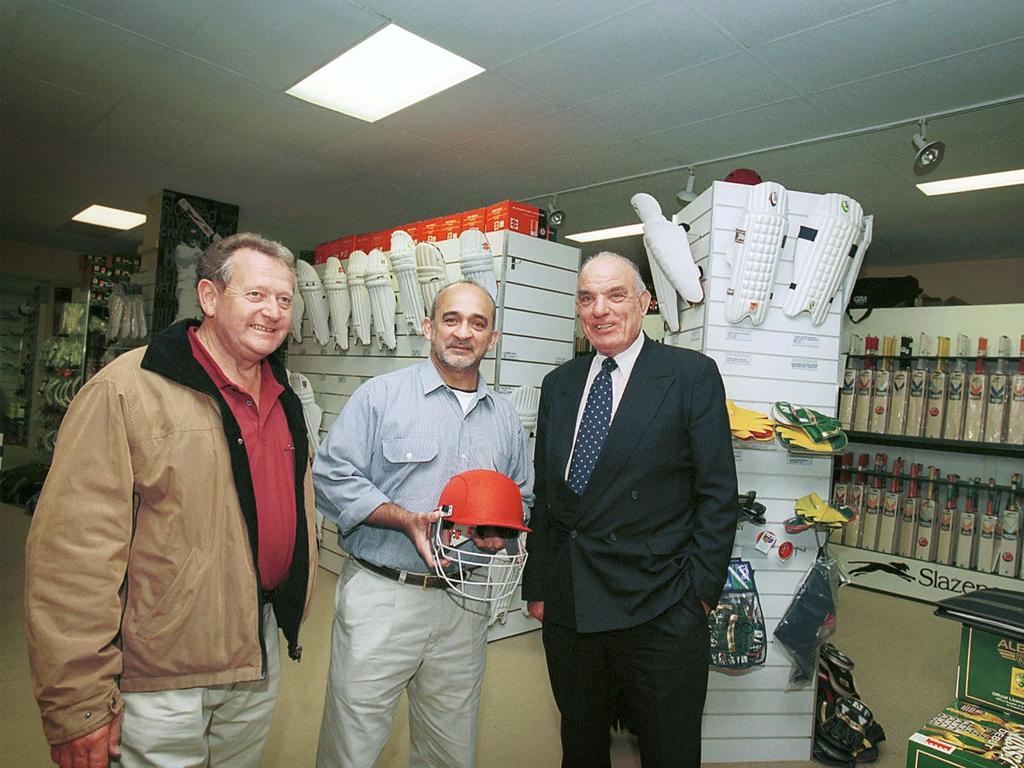
“When you’re trying to grow clubs and associations, you’ve got to have this understanding of what’s happening out there to be able to try and work out, okay, what are the groups in my area; is it Nepalese, is it Bangladeshi, is it Indians?,” says Solomon. “And then, how do we attract them to our club?
“My junior club that I’m president of, we’re St Joseph’s Riverwood, that’s a Catholic school type background.
“But if I don’t change things, then our club will probably slowly die. Less of the kids from the school are playing cricket. In my own team of nine kids, we’ve got two Bangladesh kids and two Nepalese kids.
“So if I don’t open my mind to how to better engage those communities, then like I said, our club would be gone, like many other clubs in our areas, over the next ten years.”
TOURNAMENT STYLE CRICKET
This year saw the Sydney Thunder start the Thunder Tape Ball League, while the Thunder Nation Cup – a tournament which sees local cricketers represent their nations of heritage – has been a long running success.
CNSW sees a clear opportunity in tournament style cricket when it comes to embracing the South Asian community. Importantly, they also see it as something that enhances the traditional style of club cricket, rather than replaces it.
“If you look at the traditional structure, our community cricket structure, the train a couple of times a week, play Saturday and the competitions last the season, the South Asian cricket environment is a little bit more tournament focused,” says Gleeson.
“That means it’s a competition that might run for six-ten weeks, T20 format. There’s not necessarily a lot of training involved. It’s more about playing the game.
“We want to be able to embrace that and work that into the system so that the traditional style of the game can coexist and function really effectively with emerging formats and emerging styles of delivering the game.”
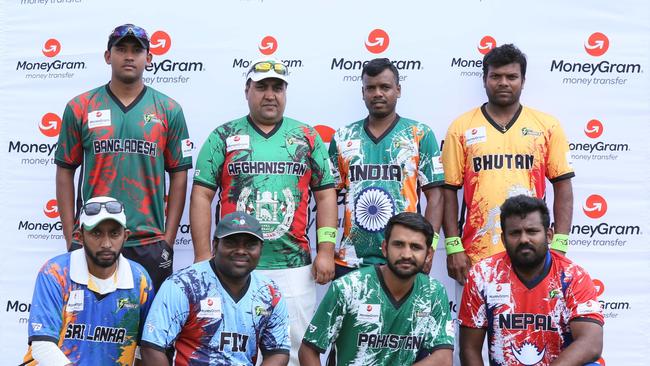
“It’s about providing elevated experiences for community cricket,” adds Copeland. “It is not about us getting registrations or participation numbers. It’s about providing things that are inaccessible to social cricket leagues just to uplift their experience.
“Things like access to elite grounds playing under lights really good, you know, food and drink and support methodology around those games. That’s the stuff that we want to provide with the rationale of love, authenticity, and care, not for a monetary outcome.”
Winter cricket leagues and social comps, once looked down upon by those at Jolimont Street are now being embraced for what they are – another opportunity to embrace the community.
While one in five registered participants in cricket in the country is of South Asian heritage through the summer months, that number doubles through winter.
“If I’m being honest, five-ten years ago when a lot of the cricket that South Asians were playing, like tape ball cricket or cricket that happening at an oval which wasn’t really structured, it was almost a little frowned upon,” says Allsopp, “It wasn’t considered a part of Australian cricket.
“The Australian cricket philosophy has changed now; if you’re playing any kind of cricket we want to embrace it and support it. And because we’re embracing and supporting all formats of cricket, whether it be tape ball cricket or Last Man Stands or the other competitions, people who play those formats, might still play those formats but be more inclined to want to play within what we consider the traditional Australian cricket structures.”
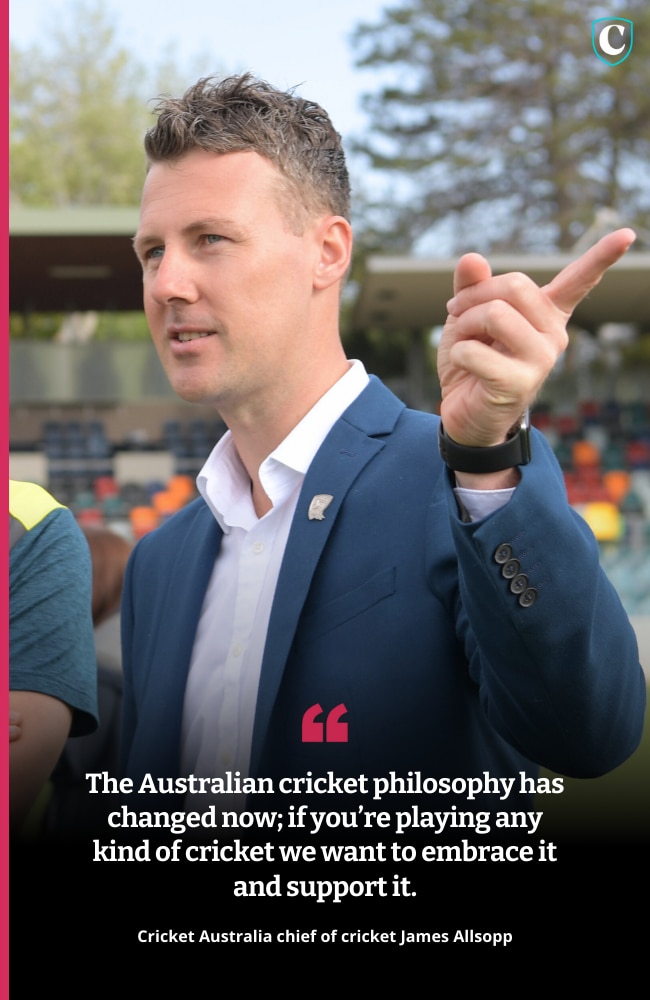
VOLUNTEERING
While there is an abundance of players at the grassroots level, things don’t look as bright in the administration and volunteering space.
Like all sports at the grassroots level, volunteers are the lifeblood of the game.
That means if SAH people are going to make up a larger and larger proportion of the playing base, it’s vital that they are engaged in the volunteer and administration space as well.
So how do you redress the balance?
“If you had the answer to the volunteering space, please let us know because the I think the community at large is grappling with it, let alone community sport,” says Gleeson, “It is a focal point, if you look at where are we now as a sport in terms of our South Asian representation, our playing population is very good representative. We’re under-represented in the volunteer space.”
Suffan Hassan, CNSW’s multicultural engagement specialist and the mastermind behind the Thunder Tapeball League, says education is key.
“Firstly, there might not be any other South Asians doing volunteer work or coaching at the club, so they don’t always feel comfortable, or they might not know what they can do or what they can give back to the club,” Hassan says.
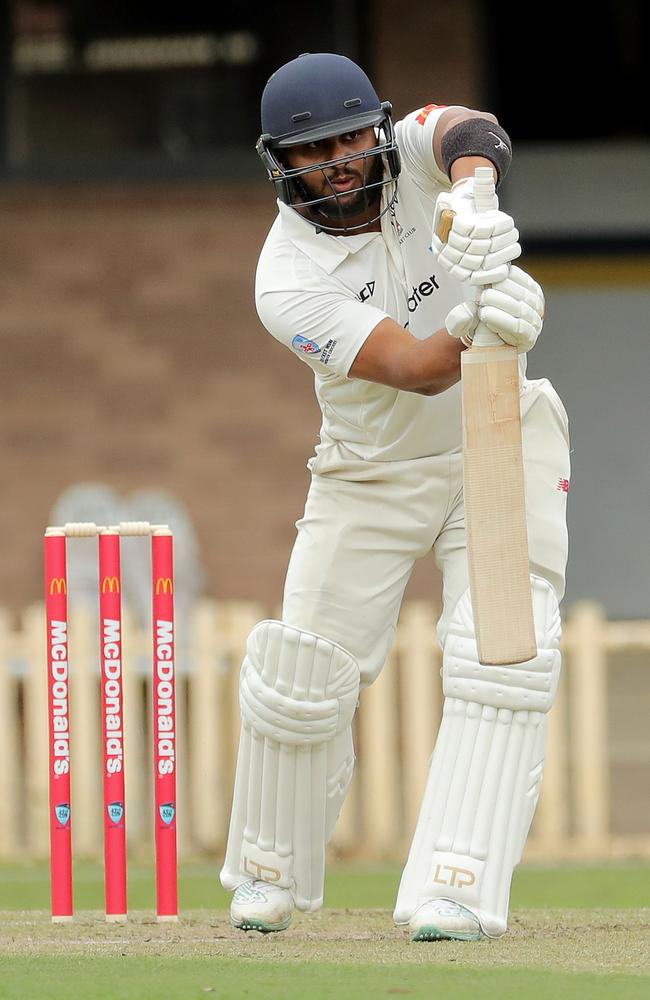
“It doesn’t always come naturally to them about volunteering or doing something when you’re just getting recognition, you’re not getting paid, if that makes sense. We feel that sometimes parents feel like if I’m paying for something, I expect other people to lead that and not themselves.
“If a parent paid for swimming lesson, they wouldn’t think they have to jump in the pool themselves and then help the other kids as well. So it’s an education piece about where club cricket sits and then where high performance sits, around how a club works.”
One man who might have an idea around improving numbers in the volunteer space is Raj Panchal, president of Harris Park Cricket Club.
In 2019, just before the pandemic shut down the world, Panchal and two mates set their hearts on establishing a cricket club in Harris Park as they dined out on a curry or two in the suburb dubbed Sydney’s Little India.
Five years on, the club has senior men’s and junior boys teams, on top of one senior women’s team and two junior girls teams.
It has grown rapidly and been built almost entirely by SAH people, with support from Cricket NSW.
“We just have this little system in our head that we want to break barriers,” Panchal says. “We just wanted to be better each season.
“In year two of our club, we went into the juniors, scraped together a junior boys team, and put a lot of investment into it.
“The year after that – there was all this talk about female cricket coming up, we have the WBBL really starting to grow, so we thought, lets go into the female space.”
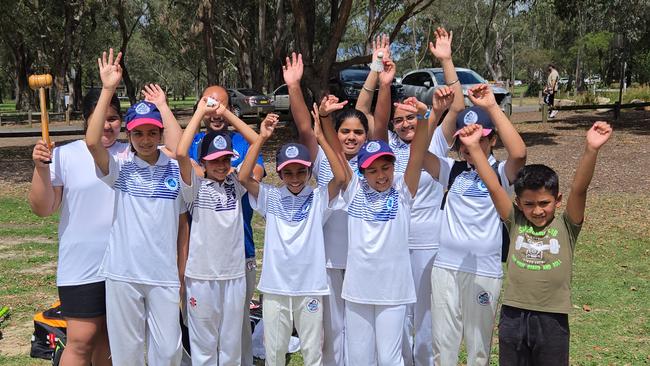
The girl’s program is run by Chirag Bansal, an immigrant from India who was looking for a place for his daughter to give the game a go. Like any community club in Australia, it’s the hard work of people like him that keeps things ticking along.
“What drew me? Well like any other Indian I am just addicted to the sport,” Bansal says. “When my daughter started growing up, I asked her if she wanted to try the sport. She said alright, she gave it a go for one season, all I asked for was one season, and then she got addicted to it.”
Panchal says getting people like Bansal involved is all about empowering them.
“At a junior level, community based level, it’s all about volunteers. With most of these parents, it’s their first year doing something like this, so they actually don’t know what they’re doing,” Panchal says.
“The only way it’s going to happen is to empower them and that’s what we’ve done through courses, and having friendly conversations to show them how it’s done.
“When we first started this club I kind of led by example by taking coaching courses and things like that … trying to get parents to get involved: it’s what to do, when to do it and how to do it. And as soon as that conversation happens, they start to feel a lot more empowered to it.”
Things are improving in the volunteer space, and CNSW are seeing early positive signs from their new ‘volunteer certification program.
“Our research program last year identified that particularly in the South Asian community, that people who want to volunteer want to give something back for it,” says Gleeson.
“Now that’s the evolution of the voluntary space. So we developed a volunteer certification program as a way to particularly to encourage South Asian communities, and younger people into the game as well to be volunteers.
“So not only are you going to be able to get a learning as a practical element of being a volunteer and give back to your club space or your association space, but there’s also a bit of a return for you as an individual that might help you progress with some certified learning.”
TURNING GRASSROOTS PLAYERS INTO MATCH GOING FANS
November this year saw 25,831 fans come through the MCG turnstiles as Australia hosted Pakistan.
Pakistan coach Jason Gillespie questioned a lack of media coverage in the lead in to the series, and by and large it felt like the luke-warm-up act to the Border-Gavaskar series.
It didn’t sound like that though, as the MCG became Lahore for a day. That too a couple of years on from India and Pakistan drawing a record crowd of 90,293 to a group stage T20 World Cup clash.
There is a clear appetite for attending the cricket among Australia’s South Asian diasporas – but largely that appetite has been for watching touring South Asian teams.
So how do you get them to games that don’t involve subcontinental sides?
It’s a question Copeland says he is “trying to tackle literally every day” as the Thunder GM. He sees making the game day experience as welcoming as possible is at the heart of the solution.
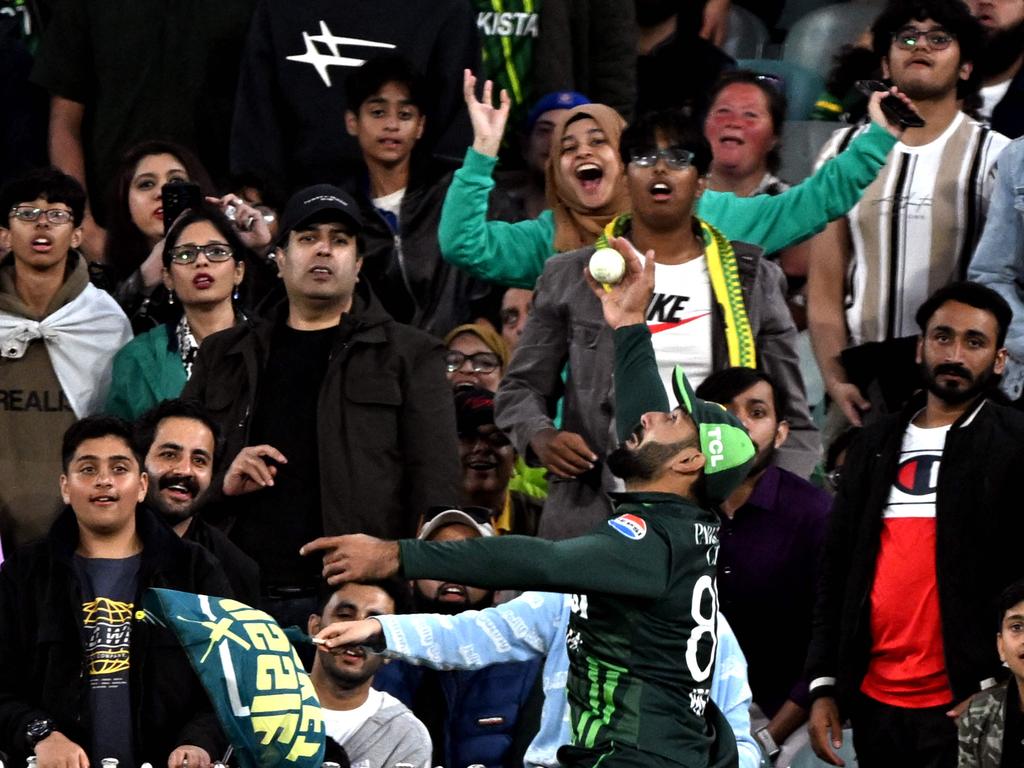
“One of the things we’re looking at is an elevated cultural look and feel as a baseline to our matchday experience,” he says.
“It’s still in ideation phase, but ultimately a cultural corner at ENGIE Stadium that will have Bhangra dances or henna paintings, and just things unique to South Asian culture and multicultural culture in general.
“Whether you’re in the community or you want to engage with our matchdays we are the club that speaks to you and we want to make it feel like we’re a welcoming environment.”
There’s hopes to extend that welcoming environment beyond the physical confines of the grounds too, with plans for Hindi commentary on Thunder BBL highlight packages this summer.
“In isolation, they’re small little hints that we are a welcoming place,” Copeland says. “But altogether, I’m hoping that people start to see that this isn’t ad hoc. It’s not throwing money at a problem. This is very authentic and well thought out.”

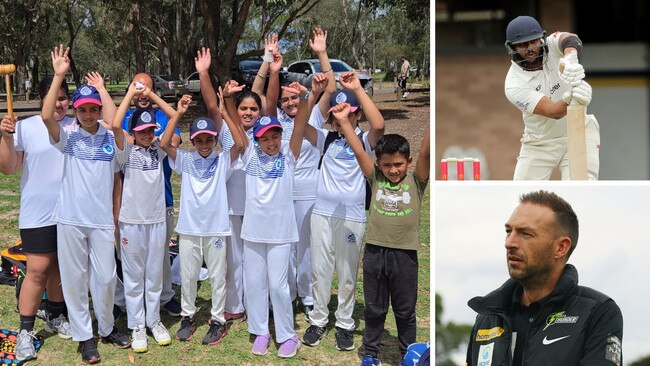

Add your comment to this story
To join the conversation, please log in. Don't have an account? Register
Join the conversation, you are commenting as Logout
‘Calmness in the chaos’: How Crows are coping with the hype
The lid is officially off in Adelaide, but Alex Neal-Bullen says it’s firmly on within the four walls of West Lakes. He reveals to Matt Turner how a few simple truths are driving the Crows in 2025.
‘Blew up’: How Opals’ saviour beat the clock to make hoops history
Just when it looked like Australia would cruise to a first-ever Asia Cup gold, a Japan salvo threatened to cruelly rip away history. Here’s how a new Aussie hero beat the clock and rescued the Opals.